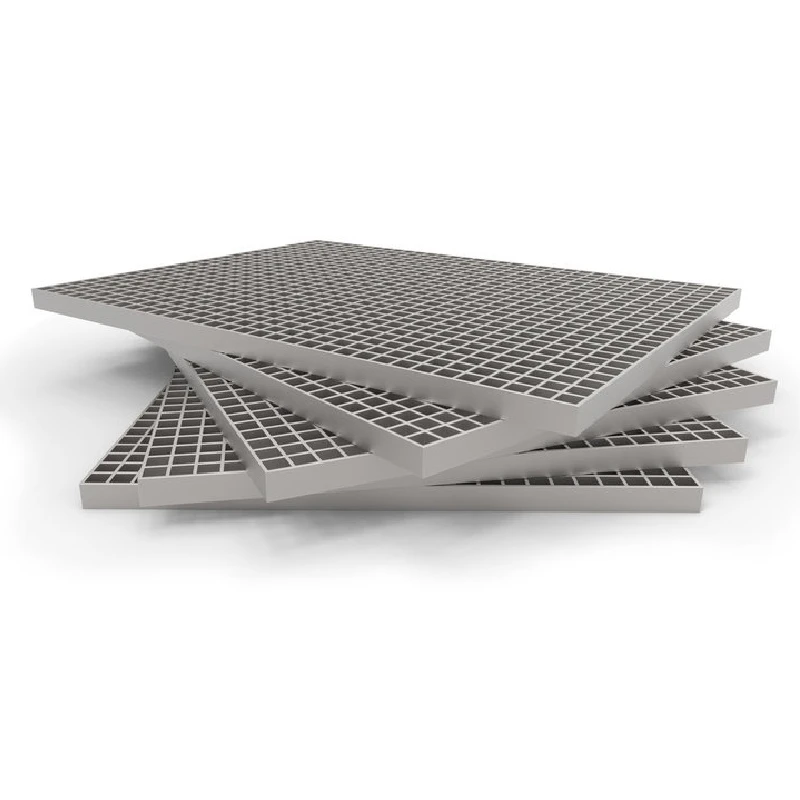- Industrial zone, South of Anping Town, Hengshui, Hebei, China.
- sales@hfpetromesh.com
- +86-18931809706
 Afrikaans
Afrikaans  Albanian
Albanian  Amharic
Amharic  Arabic
Arabic  Armenian
Armenian  Azerbaijani
Azerbaijani  Basque
Basque  Belarusian
Belarusian  Bengali
Bengali  Bosnian
Bosnian  Bulgarian
Bulgarian  Catalan
Catalan  Cebuano
Cebuano  Corsican
Corsican  Croatian
Croatian  Czech
Czech  Danish
Danish  Dutch
Dutch  English
English  Esperanto
Esperanto  Estonian
Estonian  Finnish
Finnish  French
French  Frisian
Frisian  Galician
Galician  Georgian
Georgian  German
German  Greek
Greek  Gujarati
Gujarati  Haitian Creole
Haitian Creole  hausa
hausa  hawaiian
hawaiian  Hebrew
Hebrew  Hindi
Hindi  Miao
Miao  Hungarian
Hungarian  Icelandic
Icelandic  igbo
igbo  Indonesian
Indonesian  irish
irish  Italian
Italian  Japanese
Japanese  Javanese
Javanese  Kannada
Kannada  kazakh
kazakh  Khmer
Khmer  Rwandese
Rwandese  Korean
Korean  Kurdish
Kurdish  Kyrgyz
Kyrgyz  Lao
Lao  Latin
Latin  Latvian
Latvian  Lithuanian
Lithuanian  Luxembourgish
Luxembourgish  Macedonian
Macedonian  Malgashi
Malgashi  Malay
Malay  Malayalam
Malayalam  Maltese
Maltese  Maori
Maori  Marathi
Marathi  Mongolian
Mongolian  Myanmar
Myanmar  Nepali
Nepali  Norwegian
Norwegian  Norwegian
Norwegian  Occitan
Occitan  Pashto
Pashto  Persian
Persian  Polish
Polish  Portuguese
Portuguese  Punjabi
Punjabi  Romanian
Romanian  Russian
Russian  Samoan
Samoan  Scottish Gaelic
Scottish Gaelic  Serbian
Serbian  Sesotho
Sesotho  Shona
Shona  Sindhi
Sindhi  Sinhala
Sinhala  Slovak
Slovak  Slovenian
Slovenian  Somali
Somali  Spanish
Spanish  Sundanese
Sundanese  Swahili
Swahili  Swedish
Swedish  Tagalog
Tagalog  Tajik
Tajik  Tamil
Tamil  Tatar
Tatar  Telugu
Telugu  Thai
Thai  Turkish
Turkish  Turkmen
Turkmen  Ukrainian
Ukrainian  Urdu
Urdu  Uighur
Uighur  Uzbek
Uzbek  Vietnamese
Vietnamese  Welsh
Welsh  Bantu
Bantu  Yiddish
Yiddish  Yoruba
Yoruba  Zulu
Zulu
- Afrikaans
- Albanian
- Amharic
- Arabic
- Armenian
- Azerbaijani
- Basque
- Belarusian
- Bengali
- Bosnian
- Bulgarian
- Catalan
- Cebuano
- Corsican
- Croatian
- Czech
- Danish
- Dutch
- English
- Esperanto
- Estonian
- Finnish
- French
- Frisian
- Galician
- Georgian
- German
- Greek
- Gujarati
- Haitian Creole
- hausa
- hawaiian
- Hebrew
- Hindi
- Miao
- Hungarian
- Icelandic
- igbo
- Indonesian
- irish
- Italian
- Japanese
- Javanese
- Kannada
- kazakh
- Khmer
- Rwandese
- Korean
- Kurdish
- Kyrgyz
- Lao
- Latin
- Latvian
- Lithuanian
- Luxembourgish
- Macedonian
- Malgashi
- Malay
- Malayalam
- Maltese
- Maori
- Marathi
- Mongolian
- Myanmar
- Nepali
- Norwegian
- Norwegian
- Occitan
- Pashto
- Persian
- Polish
- Portuguese
- Punjabi
- Romanian
- Russian
- Samoan
- Scottish Gaelic
- Serbian
- Sesotho
- Shona
- Sindhi
- Sinhala
- Slovak
- Slovenian
- Somali
- Spanish
- Sundanese
- Swahili
- Swedish
- Tagalog
- Tajik
- Tamil
- Tatar
- Telugu
- Thai
- Turkish
- Turkmen
- Ukrainian
- Urdu
- Uighur
- Uzbek
- Vietnamese
- Welsh
- Bantu
- Yiddish
- Yoruba
- Zulu
Structural Grating Solutions for Enhanced Performance and Durability
Structural Grating An Overview
Structural grating is a significant element in modern engineering and architectural designs, serving various purposes in industrial and commercial applications. This innovative feature is primarily utilized for flooring, walkways, and platforms, offering a blend of strength, durability, and safety. In recent years, advancements in materials and technology have enhanced the functionality and versatility of structural grating, making it an essential component in various industries, including construction, manufacturing, and transportation.
At its core, structural grating is a system of interconnected bars or slats that forms a grid pattern. This design provides exceptional load-bearing capabilities while allowing for the efficient passage of light, air, and fluids. Common materials used in the fabrication of grating include steel, aluminum, fiberglass, and plastic, each offering distinct advantages depending on the application requirements.
One of the most notable benefits of structural grating is its ability to enhance safety in environments where slip hazards are prevalent
. Grated surfaces provide better traction compared to solid surfaces, reducing the risk of slips and falls. This aspect is especially critical in industrial settings where the presence of oils or water can create hazardous conditions. Many manufacturers also incorporate anti-slip features into their grating products, amplifying safety even further.structural grating

In terms of installation, structural grating is relatively easy to handle and assemble. Pre-fabricated sections can be transported to the site and installed rapidly, minimizing labor costs and downtime. This efficiency is a key factor in modern construction projects, where time is often a critical constraint. Furthermore, the lightweight nature of materials like aluminum and fiberglass makes them easier to manipulate during installation compared to heavier steel alternatives.
Another advantage of structural grating is its versatility. It can be customized to fit numerous applications, from pedestrian walkways to heavy-duty loading platforms. The spacing between bars can be adjusted to meet specific safety standards, while the size of the grating panels can be tailored to fit various structural requirements. This customization ensures that grating systems can be adapted to a wide range of environments, whether they be in manufacturing plants, chemical processing facilities, or on rooftop access paths.
Moreover, the sustainability aspect of structural grating cannot be overlooked. Many of the materials used in its production are recyclable, reducing the environmental impact associated with construction materials. Additionally, the open-grid design can contribute to improved stormwater management systems, allowing precipitation to flow through the grating rather than accumulating on impervious surfaces.
In conclusion, structural grating represents a key innovation in the realm of industrial design and construction. Its myriad benefits, including enhanced safety, easy installation, versatility, and sustainability, make it an invaluable asset in various settings. As industries continue to evolve and the demand for efficient, safe building solutions increases, structural grating is poised to play an even more critical role in the future.
-
Why Our Shaker Screen for Sale Stands Out in Every ApplicationNewsAug.08,2025
-
Unmatched Efficiency with Premium Shale Shaker Screen TechnologyNewsAug.08,2025
-
Reliable, Durable, and Cost-Effective: Press Locked Steel Grating SolutionsNewsAug.08,2025
-
Precision Strength with Welded Steel Bar GratingNewsAug.08,2025
-
Perimeter Safety Netting: The High-Strength Shield for Elevated Safety SolutionsNewsAug.08,2025
-
Maximize Performance with Steel Walkway GratingNewsAug.08,2025